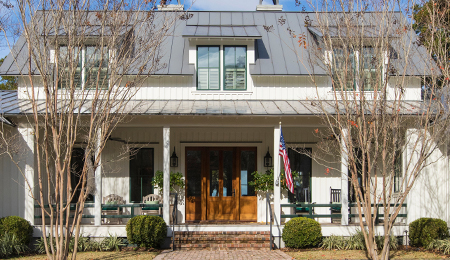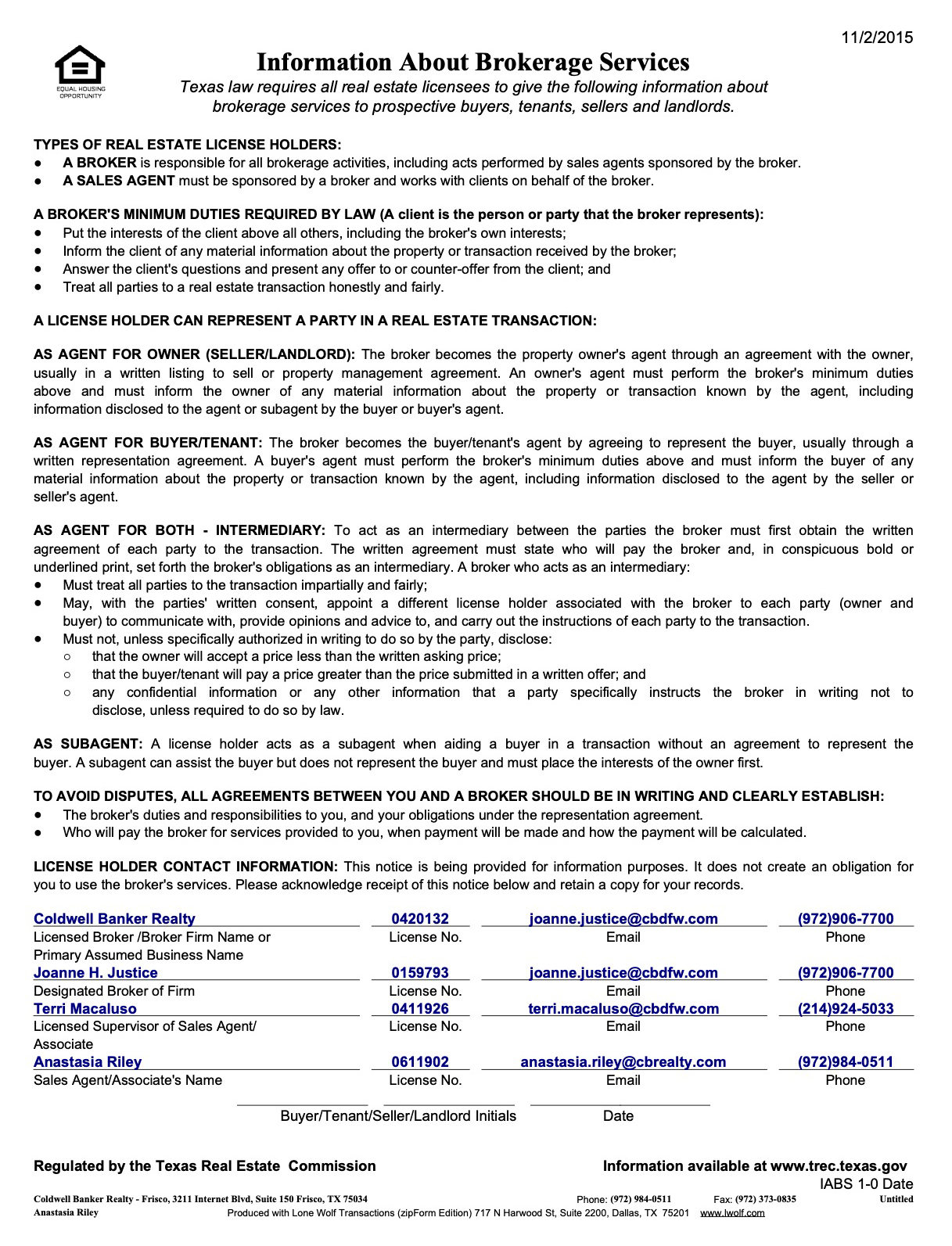Here’s what you need to know about proper maintenance for your home’s foundation.
Did you know that North Texas alone houses three different soil regions? The bulk of our metroplex is located within a so-called Blacklands prairie region, which consists of clay soils. Central areas of Denton, Tarrant, and Johnson Counties are located in an area called the Eastern Cross Timbers and consist mostly of beautiful, sandy, loam soils. The western areas of those counties are in the Grand Prairie region and have a mix of clays, limestones, and silty loams.
Unfortunately, the clay soils of the metroplex area are infamous for causing foundation problems. Clay soil acts like a sponge, expanding as it absorbs water and contracting as it loses water. When it absorbs water, the soil increases in volume; expansions of 10% or more are not uncommon. This change in volume can exert a lot of force on a home’s foundation and cause damage. When the soil shrinks, the foundation’s support is removed, and as you can imagine, the cycle of shrinking and swelling places repetitive dress on the integrity and stability of the foundation.
“You don’t want to see any water puddling around your foundation.”
Ultimately, keeping the moisture level throughout the year is the best way to care for your foundation. If you see signs of dirt separating from the foundation, that means it’s too dry and you need to water it. You can hydrate your foundation with the help of your sprinkler system and soaker hose. Be sure not to over-water it, though; your foundation should just be damp, not soaking. During the rainy season, divert the water away from the foundation using gutters that have proper drainage. You don’t want to see any water puddling around your foundation.
If you have any questions about what type of soil your home is located on or if you would like for a professional to evaluate your foundation maintenance routine, don’t hesitate to reach out to me. I work with many great vendors in the metroplex area and would be glad to help.





